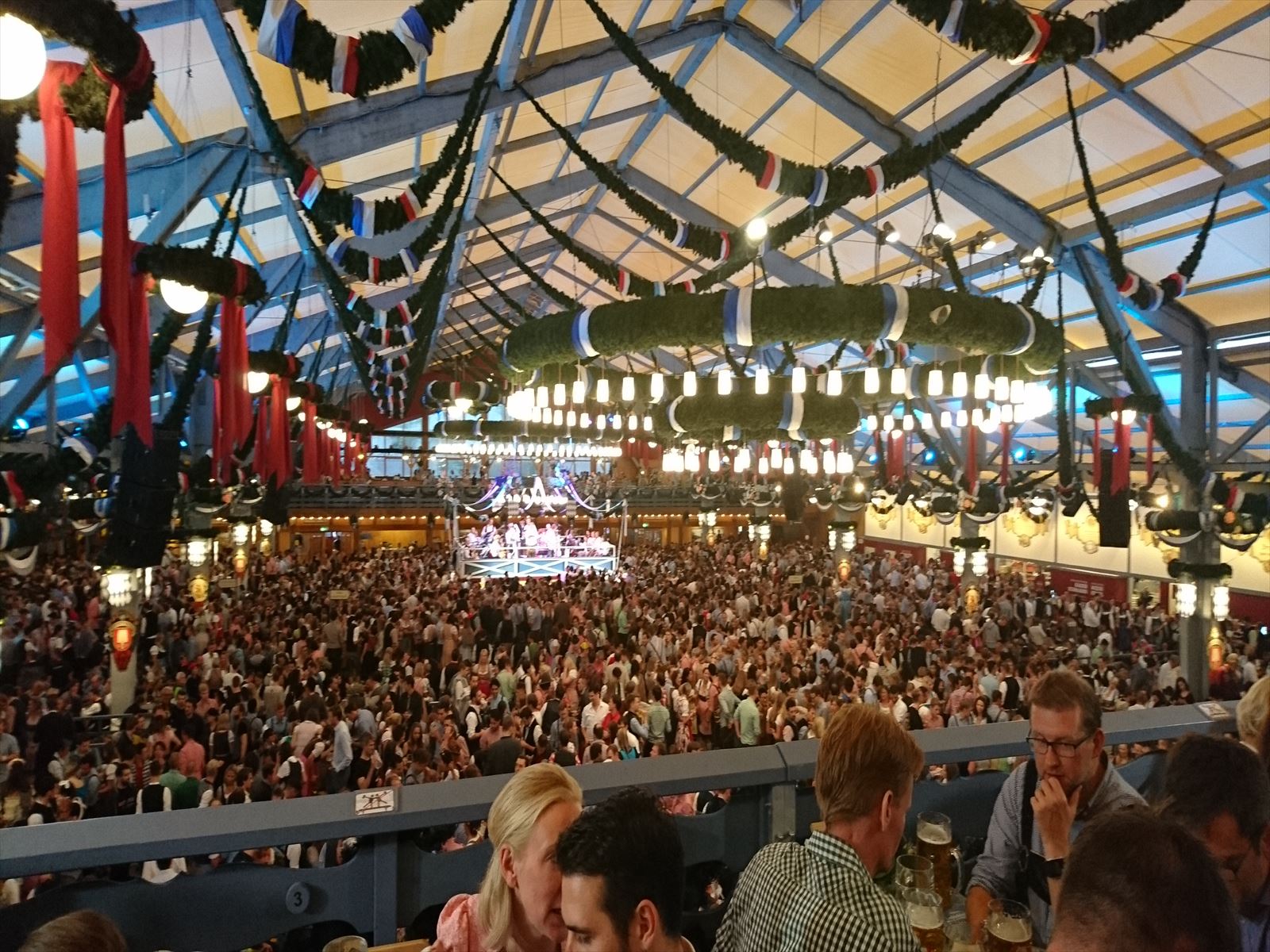設立・運営 2021.12.24
EM12 キャプティブの設立 No.12 (キャプティブの進化)
当コラム内の文章・画像等の無断転載・引用・複製を固く禁じます。
For those who prefer to read this column in English, the Japanese text is followed by a British English translation, so please scroll down to the bottom of the Japanese text.
リスクマネジメントは、企業の目的達成を妨げる阻害要因や不確実性を排除・制限するための経営管理の活動である。そのプロセスは、企業が抱えるリスクを洗出し、リスクの大きさを算定・分析、そのリスクを受容可能か否か等を評価して、リスク対応策の策定・実施へと進めて、その後もPDCAサイクルによって着実に改善を図っていくものである。
キャプティブは:
①日本の保険会社では提供が困難であるが、「リスクの性質から保険に移転したほうがいいと考えるリスク=地震リスク等、発生頻度は低いが、発生すると甚大な損害を被る可能性が高いリスク」に関して、企業が必要とする、高額かつ広範な補償を確保するための手段である。
②また、自社のリスクを引受ける「自社専用保険会社」であることから、企業が損害を被らないように全社が努めていくため、企業の中に「リスクマネジメント態勢」を構築することに関しても、併せて良好な影響を与えるものである。
③さらに、企業のリスク課題への効果的な解決策(ソリューション・キャプティブ ®)となるばかりでなく、「キャプティブが海外の再保険市場にアクセスすることによって享受できる保険コストの内外価格差」、「リスクマネジメントの成果として現れるキャプティブの保険収益」等によって、企業の保険リスクをキャプティブの事業収益に換える(Turning Risk to Profit ®)ことも可能にする存在である。

1.リスクマネジメントとリスク対応策
リスクマネジメントの具体的なプロセスは、企業が遭遇している、また内包するリスクを発見、認識する「リスクの特定」、リスクの特質を理解しリスクを算定する「リスク分析」、そして対応を優先順位付けする「リスク評価」、このリスク評価によって対策を優先すべきリスクが決定したら、「リスク対応策」をリスク毎に策定する。リスク対応策には、リスクの一部や大半を保険などに移転して共有する「リスク共有」の他、ビジネス撤退にもつながる「リスク回避」、逆に好機を求めてリスクをすべて取る「リスク保有」などの選択肢がある。これらのステップで構成される。
2.キャプティブが与える効果
地震リスクは、発生頻度は高くはないが、南海トラフ大地震や首都圏直下型大地震等の巨大地震が発生した場合、地震や津波によって、大規模な財物の損失や、事業停止から復旧するまでの事業収入の大幅な落ち込みが想定される。しかし、地震によるリスクの全てを日本の一般の地震保険でカバーしようとすると、企業が必要とする補償額を確保することは事実上不可能であり、仮に近い補償額が確保できたとしても、「非常に高い掛け捨て保険料」を支払う必要がある。
こうした地震リスクに対する課題は、キャプティブを設立することによって解決できる。「保険会社」であるキャプティブが、グローバル・リンクのサポートのもと、グローバル・リンクと業務提携している再保険ブローカー、大手総合商社丸紅の100%子会社である「マルニックス」の手によって、海外の再保険市場から、広い補償範囲の「世界基準レベルの地震補償」を低廉なコストで確保、日本の元受保険会社に提供することができ、このことによって企業は希望する地震補償を元受保険会社から手に入れることができる。
こうして、キャプティブは、保険数理上、自社で保有可能なリスクを上限に保有して、大半のリスクを再々保険に出すことにより、保険会社としての健全性を維持して安定経営をすることが可能となるのである。
コスト面では、グローバル・リンクの実例では数倍に及ぶ内外価格差の活用によって、地震補償コストは大幅に抑制される。一般の地震保険は、掛け捨てであるが、キャプティブに出再した部分は、保険事故が発生しない限り、キャプティブ運営経費を除いて、保険収益およびキャプティブ資産の運用収益としてキャプティブに蓄積されていくため、投資、また配当として、企業のリスクマネジメント費用に充てることもできるのである。
さらには、このようなキャプティブの設立によって、従業員のリスクマネジメント意識が醸成され、リスクマネジメントの効用がさらに高くなっていくことが期待できる。
3.フェーズⅢ(キャプティブの運営管理)に於ける「リスクマネジメントに関わるコンサルティング契約」
グローバル・リンクは、「キャプティブを設立した後」も、その運営を「フェーズ3(キャプティブの運営管理)」契約によっておこなうだけではなく、日進月歩変化する企業を取り巻くリスク環境へ、キャプティブがリスクマネジメントの有効な手段として役立つように「キャプティブのイノベーション」をし続けていく。それが「リスクマネジメントに関わるコンサルティング契約」である。「造っただけのキャプティブ」では、「有効なキャプティブとして存続し続けることはあり得ない」からである。
日々変わりゆく企業のリスクに対して、常にキャプティブを「最適な姿(キャプティブが受ける保険種目の適正化、補償範囲の適正化、再々保険環境の適正化)」へとイノベーションさせ続けるため、「リスクマネジメントに関わるコンサルティング契約」をフェーズⅢの契約と同時に締結してこの命題を追求していく。
その主要な活動は、キャプティブに移転するリスク、地震リスク、サイバーリスク、会社役員賠償責任リスク等に対する保険が、補償額や補償範囲等において、企業のリスクを過不足なく適切に補償しているのかを検証することである。例えば、地震リスクの場合であれば、企業の財物(付保対象物件)を包括的に補償できているか、保険価額は現価に基づいているか、利益補償は適正にカバーされているか、総支払限度額はPML(予想最大損失額)を勘案しているか等を調査、分析して、常に適切な保険プログラムなっているかを検証する。
このリスクマネジメント・コンサルティングは、「フェーズ1(キャプティブの事業化調査)」のなかでも実施するが、「フェーズⅢ(キャプティブの運営管理)」の段階に於いても、フェーズⅢと同時進行で、企業のリスクアセスメントをおこない、企業の各部署のリスク調査から、分析、評価、対応策定を毎年おこなっていく。
同時に、キャプティブの再保険のため、海外の再保険市場の調査、折衝を再保険ブローカー、マルニックスと連携しておこない、引き続き低廉で補償が広い競争力の強い再保険カバーの安定的な確保に努める作業を定期的におこなっていく。また、マルニックスの動きとは別に、グローバル・リンクは、リスクを最終的に引受けることになる、「キャプティブからの再保険先(元受から見れば再々保険先)」であるロンドン・マーケットの再保険会社、また他の世界最大級の再保険会社とも、直接連絡を取り、更には保険専門機関や情報会社とも常に接触して「再保険マーケットの状況」をモニター、ウオッチをしている。
現在はコロナ禍で海外出張、海外からの訪問を受けることができないが、オンライン会議システムを駆使して、上記関係各社とキャプティブ顧客の引受リスクに関わる情報交換・協議を随時行なって、必要な対応を図っている。

今回のまとめ
キャプティブは設立しただけでは「赤ちゃん」と同じである。「ミルクをやり、オムツを替え、育んで」いってこそ大きく、健康に成長していくのである。ところが、設立されたキャプティブのほとんどは、この「育児」をしていない状態であり、「1年経過して翌年の保険更改」という段になって、様々な課題やトラブルが浮かび上がってきていると仄聞している。
川田剛先生、山田二郎先生、更には以前法務顧問であった志賀櫻先生からも、「育児をきちんとやってください」とのご指導を受け、グローバル・リンクは、この「育むこと」、「キャプティブへの継続的なリスクマネジメント」に多くの時間を掛け「健康で頑健なキャプティブ」へと成長させてきた自負がある。また、そういうキャプティブを保有されているお客様からも、この「キャプティブへの継続的なリスクマネジメント」を実行してご好評を得ている。
キャプティブの設立(誕生)=リスクマネジメントのゴール(目的)ではなく、自社のリスクを受けるという単なるキャプティブから、キャプティブの親会社、グループ全体のリスクマネジメント態勢を的確かつ頑健にして、「企業経営の推進役」を担う存在にキャプティブを「育成」、やがては、損害保険会社として親会社全体の事業の幅を拡げ、事業収益を大きく得る存在にしていくことが重要ではないだろうか。日本を代表するメガ損保の淵源を辿れば、皆そのようにして産まれ、大きく育ったのである。
執筆・翻訳者:羽谷 信一郎
It is strictly forbidden to publish, copy, quote or distribute the contents of this column without permission.
English Translation
EM (Establishment・Management) 12 – Establishment of Captives No.12 (Innovation of Captives)
Risk management is a business management activity designed to eliminate or limit the impediments and uncertainties that prevent companies from achieving their objectives. The process involves identifying the risks facing the company, calculating and analysing the magnitude of the risks, assessing whether the risks are acceptable or not, and then developing and implementing measures to deal with the risks, which are then steadily improved through the PDCA cycle.
Captives are
① A captive is a means of securing the high value and broad coverage that a company requires for risks that Japanese insurers have difficulty in providing, but that they believe should be transferred to insurance because of the nature of the risk, i.e. risks that occur infrequently but are likely to cause significant damage if they do occur, such as earthquake risks.
② In addition, as an “in-house insurance company” that underwrites the company’s own risks, it also has a positive impact on the establishment of a “risk management system” within the company, as the entire company strives to prevent the company from suffering damage.
③ In addition to being an effective solution to a company’s risk challenges (Solution Captive ®), they also enable a company’s insurance risk to be turned into a business profit (Turning Risk to Profit ®) through the difference in domestic and international insurance costs that a captive can enjoy through access to overseas reinsurance markets, and through the insurance profit that a captive can generate as a result of risk management.
1. Risk Management and Risk Response Measures
The risk management process involves: risk identification, which involves identifying and recognising the risks that a company faces or is exposed to; risk analysis, which involves understanding the nature of the risk and calculating the risk; risk assessment, which involves prioritising risk responses; and risk response, which involves identifying the risks that need to be addressed first. Once this risk assessment has determined the risks that need to be addressed, a risk response plan is developed for each risk. The risk response plan includes options such as “risk sharing”, where some or most of the risk is shared by transferring it to insurance or other means, “risk avoidance”, which can lead to the withdrawal of business, and “risk retention”, where all risks are taken in search of an opportunity. These are the steps in the process.
2. Effects of captives
Although earthquake risk does not occur frequently, in the event of a major earthquake such as the Nankai Trough or a major earthquake directly beneath the Tokyo metropolitan area, the earthquake and tsunami are expected to cause large-scale loss of property and a significant drop in business income from the time the business is shut down until it is restored. However, if companies were to try to cover all of their earthquake risks with standard Japanese earthquake insurance, it would be virtually impossible for them to get the coverage they need, and even if they could get close, they would have to pay ” extremely high out-of-pocket premiums”.
The challenge of earthquake risk can be solved by setting up a captive. The captive, with the support of Global Link and its reinsurance broker, Marnix, a wholly owned subsidiary of Marubeni Corporation, will be able to secure a wide range of “world class earthquake coverage” from overseas reinsurance markets at low cost. Marnix, a wholly owned subsidiary of Marubeni Corporation, a leading general trading firm in Japan, is able to secure and provide Japanese primary insurers with a wide range of “world class” earthquake coverages from overseas reinsurance markets at low cost, enabling companies to obtain the earthquake coverages they desire from their primary insurers.
This allows the captive to retain up to the maximum amount of risk that it is actuarially capable of retaining, and to reinssure the majority of risk, thereby maintaining its financial health and stability.
On the cost side, the cost of earthquake coverage is greatly reduced by taking advantage of the several-fold internal and external price differential in the Global Link case. While earthquake insurance is generally written off, the portion ceded to the captive, excluding captive operating expenses, accumulates in the captive as insurance income and investment income on captive assets, which can be invested or distributed as dividends to cover corporate risk management costs, unless there is an accident. It can also be used to cover the company’s risk management costs, both as an investment and as a dividend.
In addition, the establishment of such a captive is expected to foster a greater awareness of risk management among employees, thereby increasing the effectiveness of risk management.
3. “Risk Management Consultancy Contracts” for Phase III (Captive Management)
Once a captive has been established, Global Link will not only manage the captive under a Phase 3 contract, but will also continue to innovate the captive to ensure that it is an effective risk management tool in an ever-changing corporate environment innovation” to make captives an effective risk management tool. This is what a risk management consulting contract is all about. A captive that is merely “built” will not remain an effective captive.
In order to ensure that the captive is constantly innovating to “optimise itself” (i.e., to optimise the lines of business it takes on, the scope of its coverage, and the reinsurance environment) in the face of ever-changing corporate risks, a “risk management consulting contract” will be entered into at the same time as the Phase III contract to pursue this proposition.
The main activity will be to verify whether the insurance for the risks transferred to the captive, the earthquake risk, the cyber risk, the corporate directors’ and officers’ liability risk, etc., adequately covers the company’s risks in terms of amount and scope of coverage. For example, in the case of earthquake risk, we will investigate and analyse whether the company’s property (insured property) is comprehensively covered, whether the insurance value is based on actual value, whether profit compensation is adequately covered, and whether the total payout limit takes into account PML (probable maximum loss). This risk management consulting service is called “Risk Management Consulting”.
This risk management consultancy is carried out during Phase 1 (Captive Feasibility Study), but can also be carried out during Phase 3 (Captive Operational Management). Each year, the company will conduct a risk assessment, analysis, evaluation and action plan.
At the same time, we will continue to work with our reinsurance broker, Marnix, to research and negotiate with overseas reinsurance markets for captive reinsurance, and will continue to work on a regular basis to ensure a stable supply of competitive reinsurance cover with low cost and wide coverage. In addition to Marnix, Global Link will continue to liaise directly with the London Market reinsurers who are the “reinsurers from the captive” (or reinsurers from the primary insurer’s point of view) who will ultimately underwrite the risk, as well as with some of the world’s largest reinsurers. He is in constant contact with reinsurers in the London market, as well as some of the world’s largest reinsurance companies.
Although the covid-19 disaster does not allow us to travel abroad or receive visits from overseas, we are constantly exchanging information and discussing the risks of underwriting captive clients with the companies mentioned above, using an online conference system to take the necessary actions.
Summary of this issue
A captive is like a baby when it is just established. “They need to be nurtured, fed, diapered and nurtured to grow up to be big and healthy. However, most of the captives that have been set up have not yet taken care of their babies, and it is only when the insurance is renewed one year later that a number of issues and problems have emerged.
We have been instructed by Mr. Go Kawada, Mr. Jiro Yamada, and even our former legal advisor, Mr. Sakura Shiga, to “take good care of our children”. And, Global Link takes pride in the fact that we have spent a lot of time nurturing and managing the risks of our captives to ensure that they are healthy and robust, and that they have been well received by our clients.
Rather, we aim to develop the captive from a mere risk taker to a driver of corporate management by ensuring that the parent company and the group have a sound and robust risk management framework. Eventually, it will be important to expand the scope of the parent company’s business as a non-life insurance company, and make it a significant earner of business profits. If we trace the origins of Japan’s leading mega non-life insurers, we will find that they were all born and grew up in this way.
Author/translator: Shinichiro Hatani

